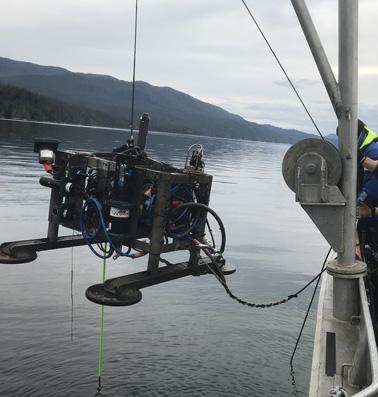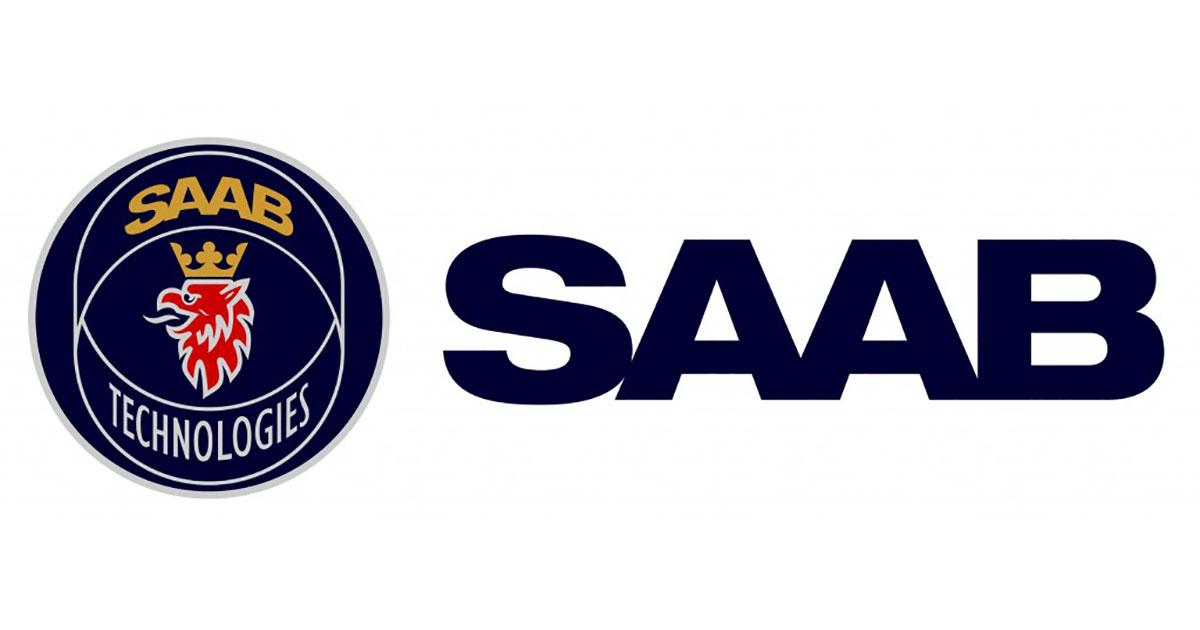The University of Victoria has engaged Ocean Dynamics to deploy a Saab Seaeye Falcon robotic vehicle for the inspection of instrumentation platforms monitoring the ocean around Canada’s north west coast, particularly in First Nation coastal waters.
A total of 50 instrumentation platforms, together with six observatories are plugged into over 900 kilometers of fiber-optic cable on the seafloor giving internet access to data by marine scientists and coastal communities to enable evidence-based decision-making on ocean management, disaster mitigation and environmental protection.
 Instrumentation platforms monitor the ocean around Canada’s north west coast. (Photo courtesy of Ocean Networks Canada/University of Victoria)
Instrumentation platforms monitor the ocean around Canada’s north west coast. (Photo courtesy of Ocean Networks Canada/University of Victoria)
The university’s world-leading Ocean Networks Canada undertaking was launched in 2006 with the first “wired” seafloor observatory. Since then community observatories have been installed on Vancouver Island, the British Columbia coast and in the Arctic, partnering with First Nations and coastal communities.
Ocean Dynamics undertake a range of subsea operations within British Columbia’s coastal communities and globally offshore. Ocean Networks Canada chose Ocean Dynamics because of their experience and reliability.
For shallow water work, Josh Chernov, President of Ocean Dynamics, chose the 300 metre rated Falcon because of its proven reliability and ability to stay working for longer than other inspection class ROVs he has worked with. In particular he likes its power to weight ratio which means it can pull its tether around easily, “unlike other vehicles where the tail wags the dog!” Along with its inspection role, the Falcon also assists with the removal and replacement of instrumentation platforms and cabling when needed.
The Falcon’s winning concept comes from packing five powerful thrusters and an intelligent distributed control system into a small, easily manhandled 1 x 0.5 x 0.6 meter-sized vehicle that can adopt different tools and sensors for undertaking numerous intricate and demanding tasks. Rated 300m and 1000m, the Falcon’s power and control make it highly maneuverable and able to master strong crosscurrents whilst undertaking exacting tasks with steadiness and precision.
Story by Saab Seaeye





